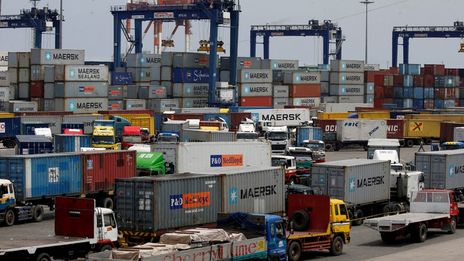The EU Commission has recently presented its vision for a climate-neutral Europe by 2050. It has emphasized that this aim is possible and desirable, and would provide major social, economic and health benefits to citizens. But uttering such a claim is one thing - the other, more important one is: is the EU executive's proposal in touch with what is going on in our world?
In order to answer this question, the Commission's in-house think tank EPSC has deciphered 10 crucial trends that are currently reshaping livelihoods, energy markets and policy frameworks, and how these will determine whether Europe can achieve climate neutrality by 2050. Here they are:
- Climate Change: From distant threat to here and now
- A changing energy mix: renewables surge, but fossil fuels still dominate
- As business shifts to clean energy technologies, financial markets follow suit - slowly
- Benefits of environmental economy spreading unevenly
- Energy demand transformed, as responsible consumerism kicks in
- Digitalisation driving an energy revolution
- Electrification rhymes with democratization, as well as fragmentation
- Pivot East: rising energy demand in Asia drives innovation
- New energy supply risks emerging
- Net-zero emissions no longer a dream, as innovation gradually delivers
In our analysis, we break down the 10 trends identified by the EPSC in detail. You can read the full analysis of the EPSC study.
Read more: Link to the full EPSC study '10 trends reshaping climate and energy '
Attachments
- Original document
- Permalink
Disclaimer
Energy-Cities published this content on 07 January 2019 and is solely responsible for the information contained herein. Distributed by Public, unedited and unaltered, on 07 January 2019 11:48:06 UTC

























